Electromagnetics Blog Posts
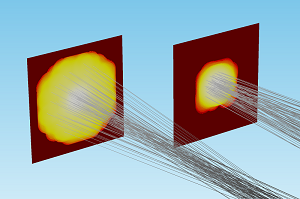
Modeling Thermally Induced Focal Shift in High-Powered Laser Systems
You can use the Ray Optics Module to create a fully self-consistent model of laser propagation that includes thermal and structural effects. Here, we take you through the process step by step.
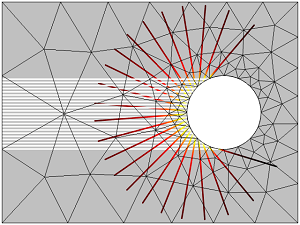
Introducing the Ray Optics Module
COMSOL Multiphysics version 5.0 introduced an add-on module for electromagnetics modeling: the Ray Optics Module. It can be used to perform ray tracing and geometrical optics studies.
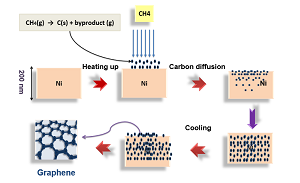
Synthesizing Graphene with Chemical Vapor Deposition
Chemical vapor deposition is an attractive method for producing graphene, an ultrastrong and light polymer material. Researchers from University of Arkansas used simulation to study this process.
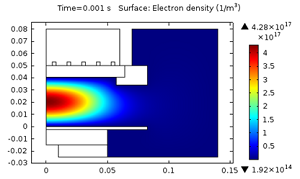
Ion Temperature in Inductively Coupled Plasmas (ICPs)
When modeling plasmas, your choice of ion temperature can affect your model results. We discuss the theoretical reasons behind this phenomenon using an inductively coupled plasma example.

Designing Electric Vehicles with Magnetic Cooling Technology
Researchers from the National Institute of Applied Science designed a magnetocaloric HVAC system for an electric vehicle using multiphysics simulation. Get the full story >>
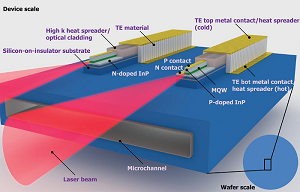
Green Energy Management for Communication Systems
Look inside a team at Bell Labs, the research arm of Alcatel-Lucent committed to designing technologies for significantly improving energy management for next-generation telecom products.

RFID Tag Read Range and Antenna Optimization
A guest blogger from Continuum Blue, a COMSOL Certified Consultant, shares a numerical modeling example for radio-frequency identification (RFID) applications.
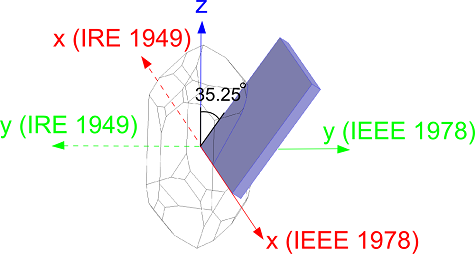
Piezoelectric Materials: Understanding the Standards
Get a comprehensive overview of the multiple standards used to describe piezoelectric materials in literature. The post particularly focuses on quartz but the standards can apply to any material.
